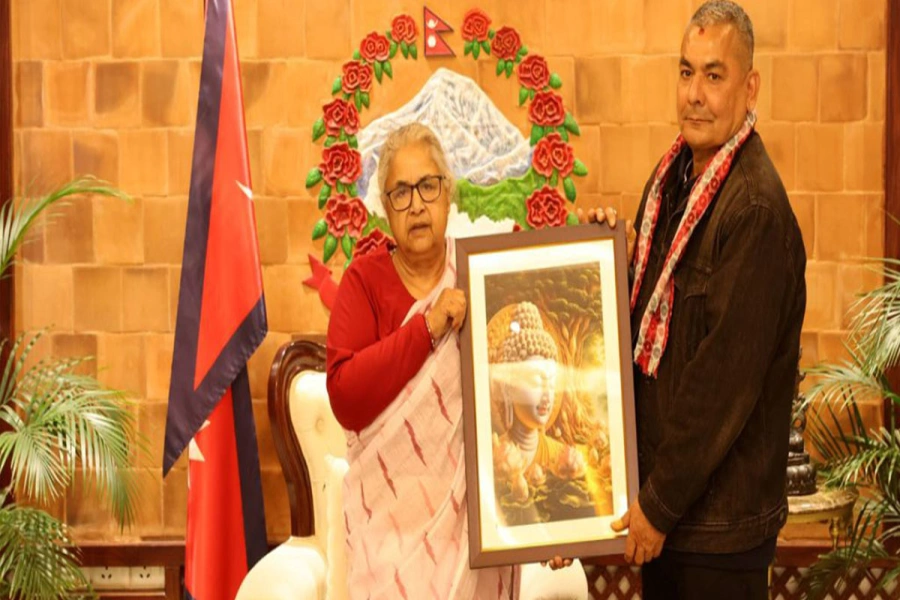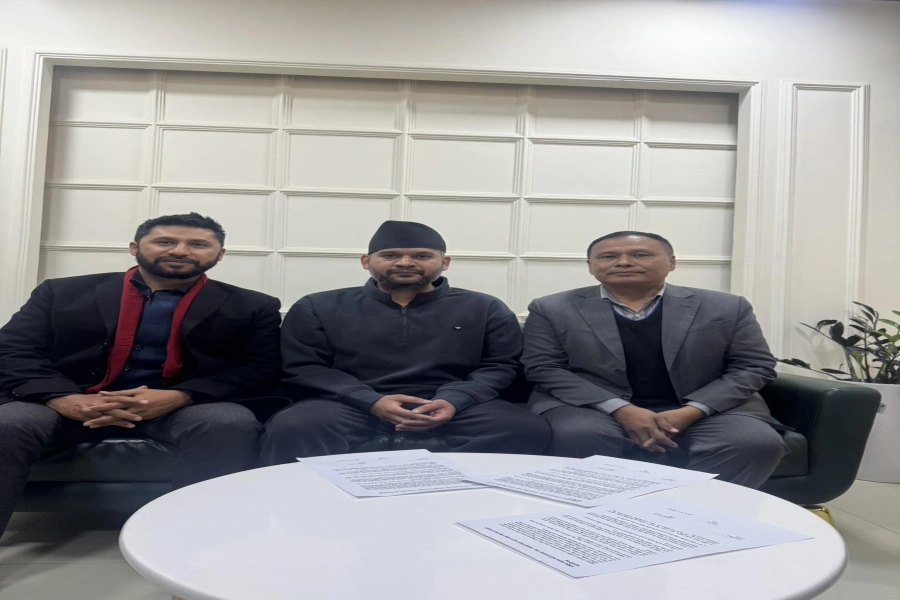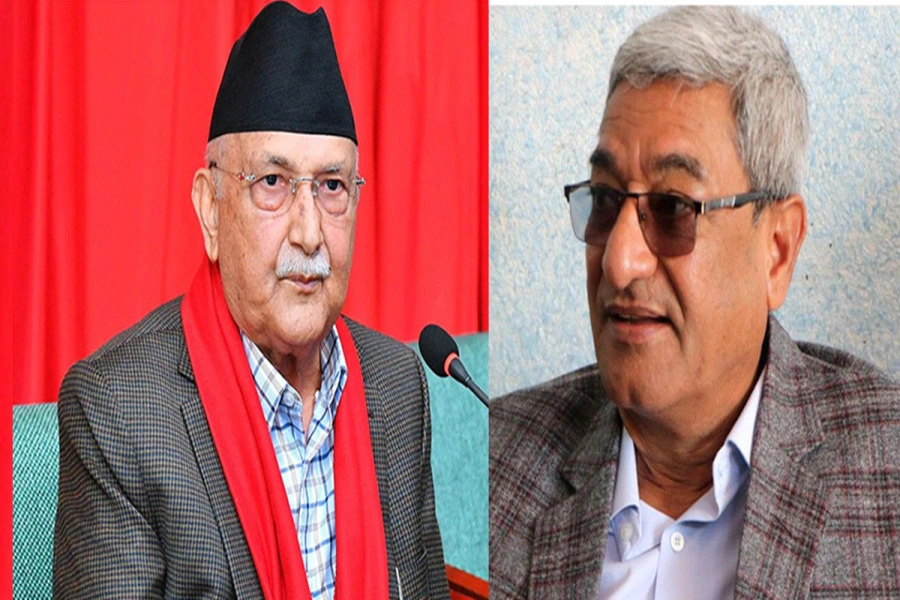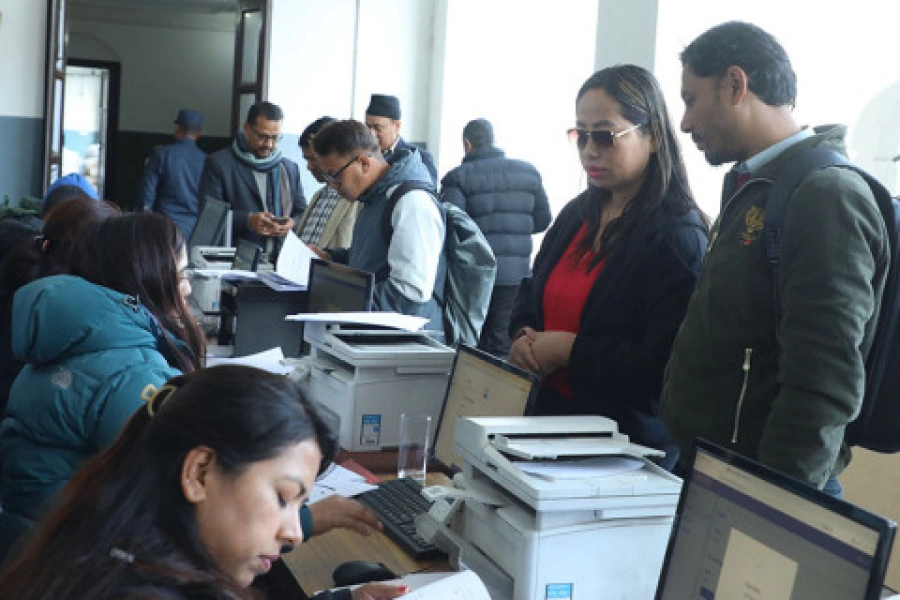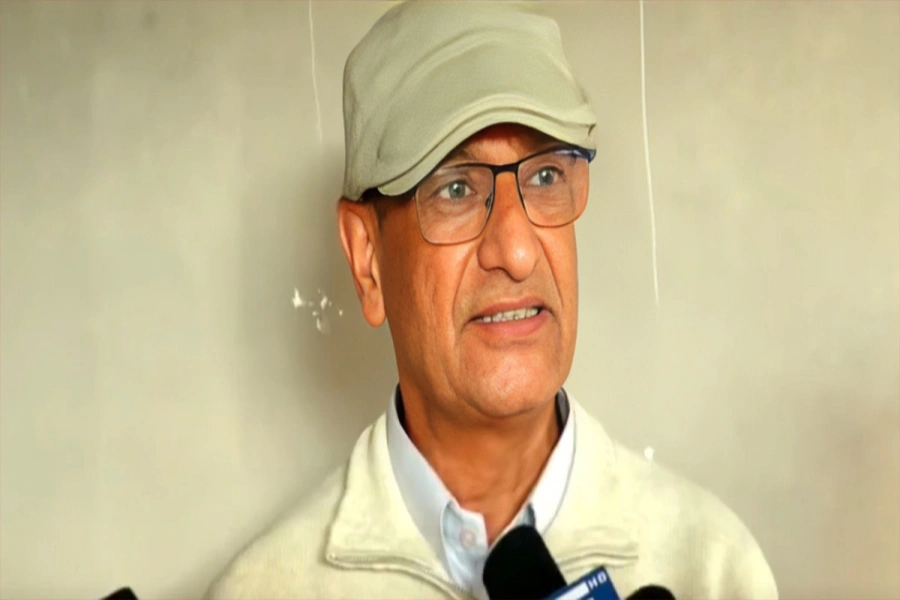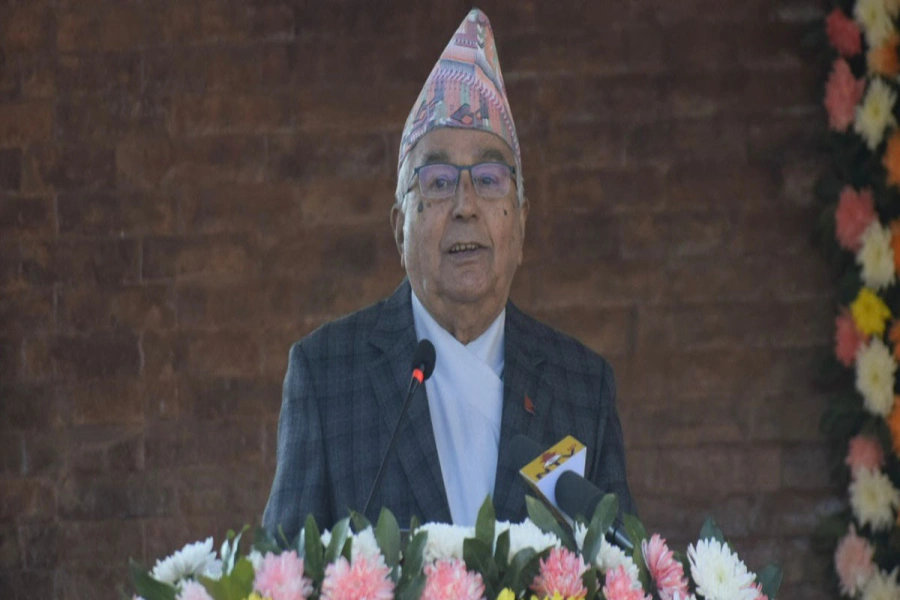It is with great concern that we, as a nation, must address the issue of air pollution in Kathmandu Valley. The recent news that Kathmandu tops the list of the most polluted cities in the world is a matter of great alarm for all Nepalese citizens. With an Air Quality Index (AQI) of 202, Kathmandu has surpassed New Delhi, Chiang Mai, Hanoi, Bangkok and Dhaka in terms of pollution, making it the most toxic city in the world. The Department of Environment under the Ministry of Forestry and Environment has attributed the increase in pollution to local sources such as fires and burning of agricultural residues in more than 140 places across the country, including Bara, Parsa and Chitwan. The result of this is that Kathmandu is now categorized as having an unhealthy level of pollution, which poses a significant risk to public health.
The impacts of air pollution on human health cannot be ignored. Public health experts and air pollution experts have recommended wearing masks as a means of reducing the impact of pollution. However, it is imperative that the government takes urgent measures to protect the health of its citizens. The risks of exposure to air pollution are greater for children, the elderly, and those with respiratory, heart and lung diseases. It is unacceptable that 42,000 people died in Nepal in 2019 due to indoor and outdoor air pollution. Furthermore, 19% of the total deaths due to air pollution were children under 5 years of age, and 27% were of the age group above 70 years. These figures are alarming and demand immediate action from the government.
Kathmandu tops global air pollution chart again

Considering the severity of air pollution in Kathmandu Valley, it is imperative that the government takes immediate action to protect public health. The major sources of air pollution in Kathmandu Valley are identified as solid waste burning, transport, industry/brick kilns, and household energy sectors. To control solid waste pollution, the government must immediately ban open burning of waste and promote waste separation at the source for composting, biogas production, recycling, and reusing. Regarding transport, the government should make more investments in public transportation, encourage the use of electric vehicles, and improve and expand sidewalks and bike lanes to promote sustainable mobility. The brick kilns operating within Kathmandu Valley should shift towards cleaner technologies to reduce air pollution. Furthermore, the use of cleaner fuels such as electricity and LPG for cooking should be strongly encouraged in households in the area to reduce household energy pollution.
Additionally, the government must take immediate measures to reduce pollution levels by reducing local sources of pollution such as fires and burning of agricultural residues. Citizens should be educated on the importance of taking preventive measures such as wearing masks, avoiding outdoor activities during peak pollution times and reducing the use of private vehicles. It is equally important to increase investment in public transportation, such as buses and trains, to encourage citizens to use public transport instead of private vehicles. The government should also increase investment in clean energy sources such as solar and wind power to reduce the reliance on fossil fuels. Above all, setting up air pollution monitoring stations across the country to track pollution levels and take action where necessary could also help in this regard. The fact that the Kathmandu Valley tops the list of polluted cities in the world is a matter of great concern. The government must take urgent action to address the issue of air pollution in Kathmandu Valley without any further delay. The health and wellbeing of its citizens are at risk, and the government must take responsibility for protecting them. We urge the government to act quickly and decisively to reduce pollution levels and protect public health.





